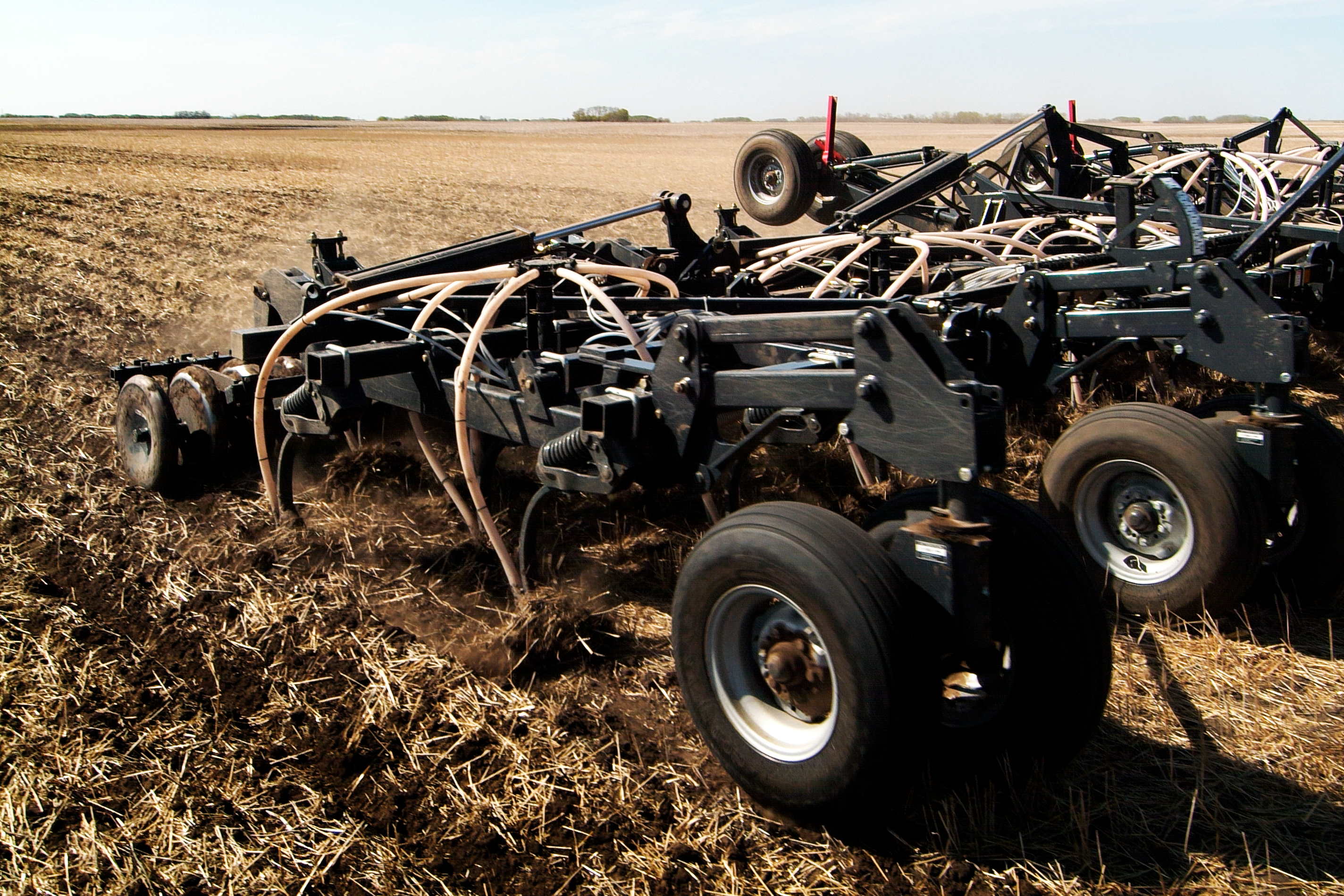Peter Semmler, Australian Global Brokerage
June 2023
Crop conditions in the latter part of 2022 were good and another big crop was expected. In November, there were some unseasonal widespread late rains which delayed the start of harvesting in most states. The wet conditions also caused damage such as wrinkled skin in some lentil crops and discolouration to faba beans. In fact, some faba bean crops were badly diseased and ploughed in by growers.
Once harvest was well underway, it became apparent that the yields were exceeding expectations with the best lentil crops in South Australia and Victoria going from 4–5 tonnes per hectare (t/ha). Faba beans not hit by disease were also yielding 3–4 t/ha.
Despite the issues noted above, the lentil crop came in at an estimated 1.4 million tonnes which is the highest-ever lentil crop in Australia and the faba bean crop was around 750,000 tonnes. While the later start to harvest delayed the start of export shipping, from December onwards exports have really cranked up with around 150,000 tonnes shipped every month. India has returned as the number one buyer with over 283,000 tonnes shipped by the end of March. Bangladesh, lately the biggest buyer, booked in around 172,000 tonnes. There was also strong buying from Sri Lanka, United Arab Emirates (UAE), and Turkey. The solid demand has continued into April and May. Over 89,000 tonnes of faba beans and 73,000 tonnes of lentils will be loaded and shipped before the end of May.
The situation for the coming season is not very clear as there was a wide divergence of season-starting scenarios.
The Grain Industry of Western Australia (GIWA) was quoted as saying “A big swath of the country in the centre of the state has received enough rain to bog machinery while there are other growers who have received very little rain.”
Most growers would like to have finished seeding however, with the inadequate moisture, growers are reluctant to keep sowing and are waiting and hoping for more rain. The expectation is that 8–10% less area will be sown this season.
In South Australia, the situation is better, especially on the west coast and Yorke peninsula which are two of the main lentil-growing areas. The mid-north is patchy needing more widespread rain, and the upper north is dry. So far, the southeast is still to receive good rains, but this is a later area. The agronomists we spoke with are of the opinion that sowing is around 75% complete. They were also reasonably confident that while a repeat of last year’s harvest is not going to happen there is a good chance of an average crop. This will mean lower lentil production, but it is too early to make that call.
In Victoria, the season has got off to a reasonable start. Planting in the Mallee would be close to 80% complete and maybe 65–70% for the Wimmera. The moisture profile is very good due to the rains at last year’s end. Some crops are emerging, but others are not. What is needed reasonably soon is some widespread rain to connect planted seed with the subsoil moisture. Once this happens, germination will occur.
In terms of farmers’ planting intentions, the agronomists we spoke to said they are expecting a similar area of pulses to be planted this season as last year.
The situation in New South Wales is not as good as in Victoria with very variable rainfall.
Despite this, some of the traders we spoke to are expecting a good year for Desi chickpeas as there is still time in their planting window. Again, rain is needed sooner than later.
The great unknown hanging over the Australian pulse harvest this year is the change from La Niña to El Niño and the expectation of a drier season. The latest announcement from the Bureau of Meteorology stated, “In their latest climate update, Australia’s Bureau of Meteorology (BOM) has remained firm on their projection that there is a 50% chance of the major climate driver, linked to warmer, drier weather, developing this winter or spring”.
This is making many growers nervous and makes predicting harvest outcomes difficult. Maybe by September, the situation will be clearer.
Finally, we have had to change our data resource for the crop forecasts to the Australian Bureau of Agricultural and Resource Economics and Sciences (ABARES). Unfortunately, their most recent crop estimate was done in March 2023.
June 2023 Australia Pulse Market Update
| Chickpeas | Faba Beans | Field Peas | Lentils | |
| Estimated 2022 Crop Production (tonnes) | 500,000 | 750,000 | 300,000 | 1,410,000 |
| Estimated Planted Area, June 2023 (hectares) | ||||
| New South Wales | 170,000 | 35,000 | 45,000 | 10,000 |
| Victoria | 25,000 | 110,000 | 45,000 | 305,000 |
| Queensland | 250,000 | 20,000 | ||
| South Australia | 8,000 | 120,000 | 75,000 | 320,000 |
| Western Australia | 4,000 | 10,000 | 32,000 | 10,000 |
| Total | 457,000 | 295,000 | 197,000 | 645,000 |
| Estimated Production, June 2023 (tonnes) | ||||
| New South Wales | 190,000 | 60,000 | 50,000 | 15,000 |
| Victoria | 34,000 | 150,000 | 55,000 | 350,000 |
| Queensland | 315,000 | 35,000 | ||
| South Australia | 8,000 | 220,000 | 85,000 | 528,000 |
| Western Australia | 41,000 | 19,000 | 42,000 | 13,000 |
| Total | 588,000 | 484,000 | 232,000 | 906,000 |
| Export Data (tonnes) | ||||
| October 2016 to September 2017 | 2,269,864 | 414,692 | 253,035 | 858,954 |
| October 2017 to September 2018 | 821,235 | 295,263 | 130,464 | 507,958 |
| October 2018 to September 2019 | 334,296 | 283,125 | 79,415 | 361,072 |
| October 2019 to September 2020 | 357,904 | 325,352 | 52,488 | 697,960 |
| October 2020 to September 2021 | 876,155 | 568,606 | 120,309 | 864,403 |
| October 2021 to September 2022 | 591,819 | 624,734 | 205,048 | 939,474 |
| October 2022 to March 2023 | 413,133 | 282,113 | 76,778 | 733,879 |
Source: ABARES
Peter Semmler is the Principal of Australian Global Brokerage. He can be reached at peter@agrisemm.com.


